Your knowledge of Morris dancing might currently be limited but there's plenty of fascinating history behind this unique tradition.
Dating back over 500 years, it came long before the likes of the ballroom dancing styles we see on Strictly Come Dancing, this jolly form of dance is all about movement, colour and music and is one of England's oldest traditions.
What is Morris dancing?
Morris dancing is a celebration, a display of dance and music performed at seasonal festivals and holidays to banish the dark of winter, celebrate the warmth and fertility of summer, and bring in autumn's golden harvest.
A more technical definition is that Morris dance is a form of English folk dance usually accompanied by music. It’s based on rhythmic stepping and the execution of choreographed figures by a group of dancers. Morris men and women usually wear bell pads on their shins and dance with sticks, swords and handkerchiefs.
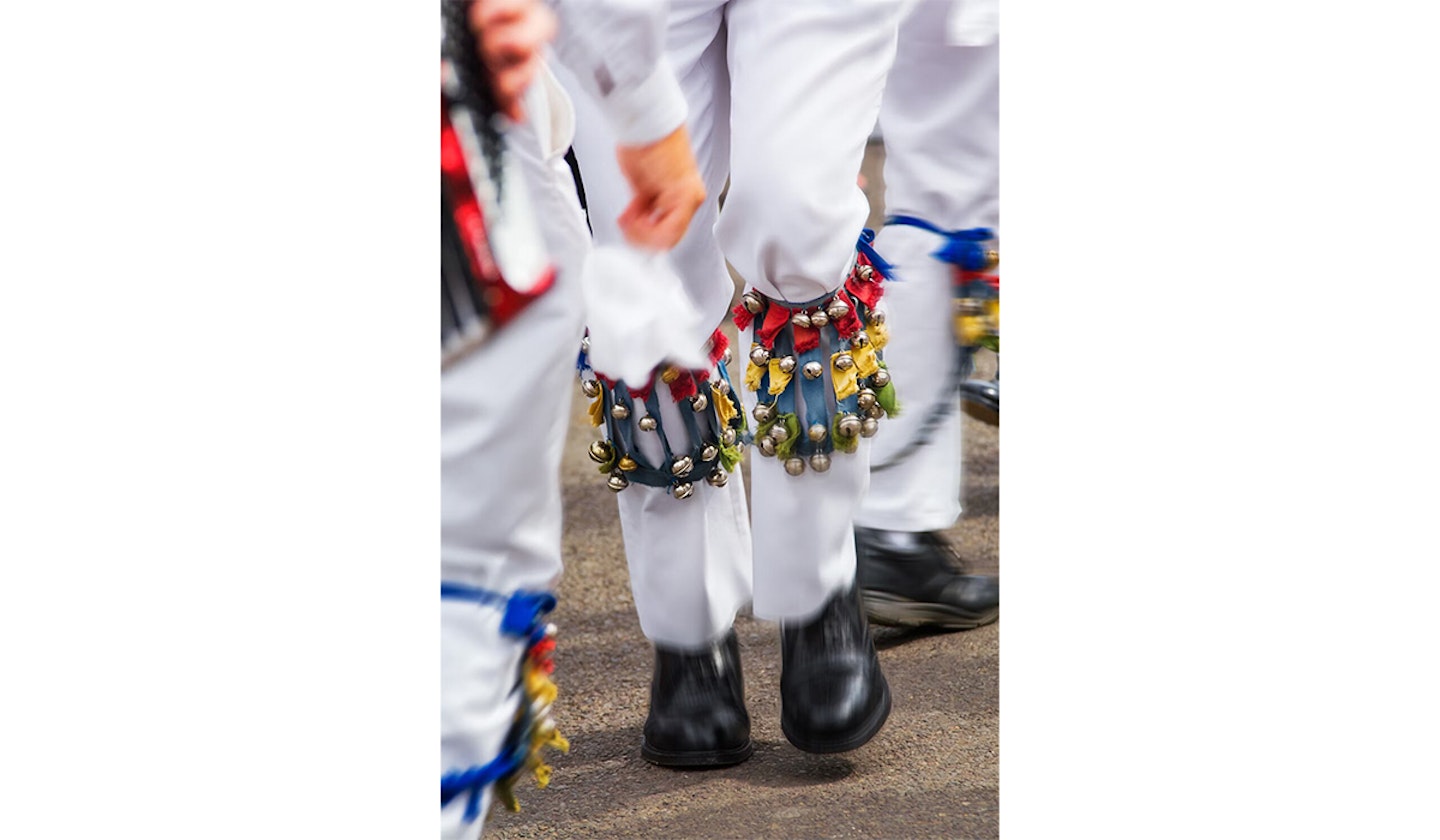
Contrary to popular belief, there is normally no man named 'Maurice' dancing. The name is most likely derived from the French word morisque meaning 'a dance, the dance' then morisch in Flemish which eventually became 'Morris' in English. Even in Elizabethan times, this form of dancing was considered ancient with famous actors performing the 'jig'.
Morris dancing music
Historically, the instruments used to accompany the Morris Dancing originated in the South Midlands in the form of the pipe and tabor and the whistle and the dub. In the 1840s, the fiddle was introduced, becoming the main instrument.
In the 1880s, the melodeon and anglo-concertina became widely used. These instruments were ideal to provide the perfect rhythmic backdrop for the style of dancing. In addition to these instruments, some bands also use the mouth organ, penny whistle and even the banjo.
The kind of music used for Morris dancing really depends on the village where it is taking place as many different regions have different takes on the traditional tunes.
Where does Morris dancing come from?
The earliest known and surviving English written mention of Morris dancing is dated to 1448, and records the payment of seven shillings to Morris dancers by the Goldsmiths' Company in London. Further mentions of Morris dancing occur in the late 15th century, and there are also early records such as bishops' "Visitation Articles" mentioning sword dancing, guising and other dancing activities, as well as mumming plays.
While the earliest records tend to mention "Morys" in a court setting, and a little later in the Lord Mayors' Processions in London, it had assumed the nature of folk dance and song performed in the parishes by the mid 17th century.
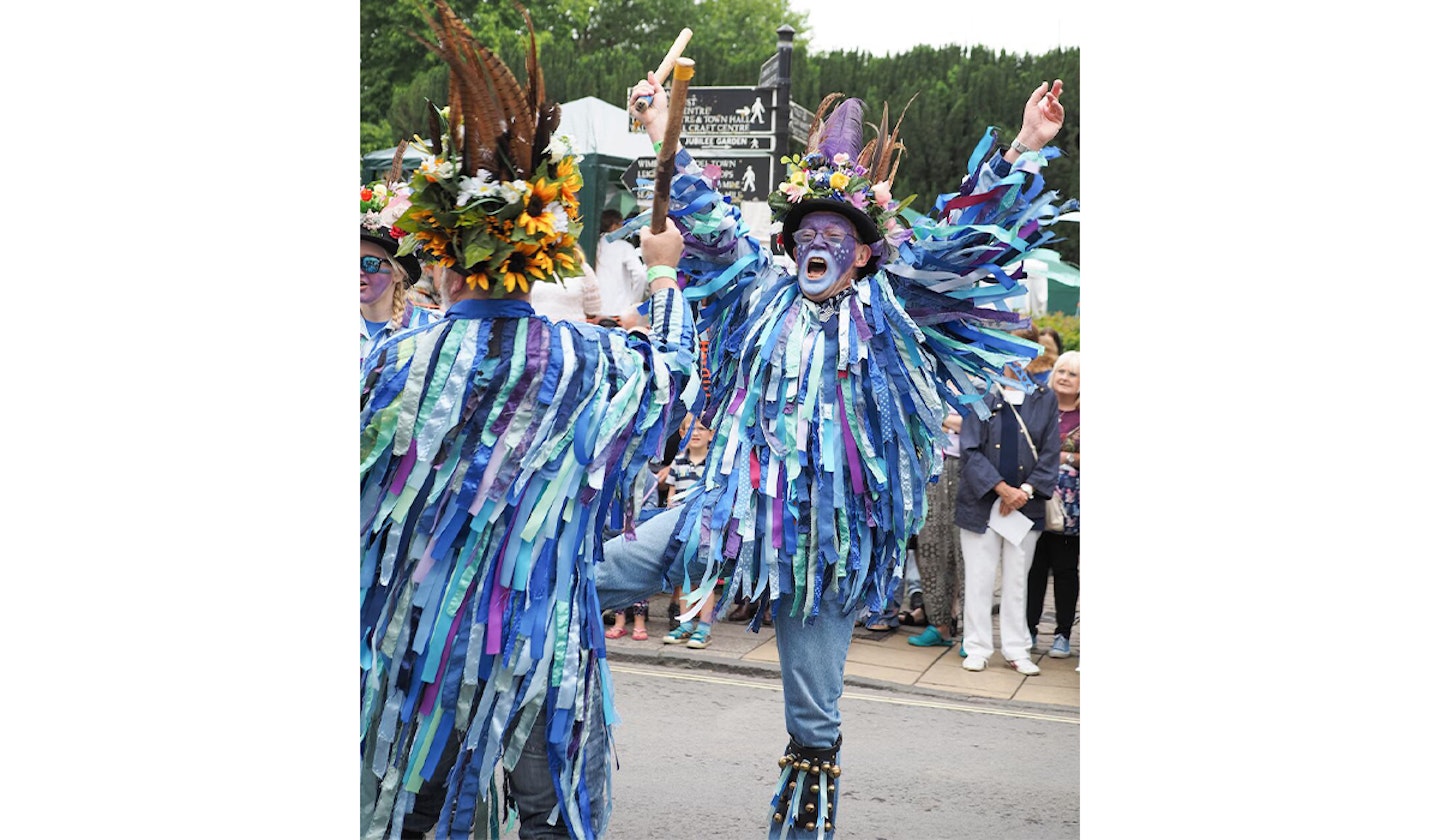
The decline of Morris dancing
Morris dancing continued to be popular until the industrial revolution and its accompanying social changes.
Sadly, by the late 19th century, Morris dancing was fast becoming nothing more than a memory, leading Cheltenham-based singer and organiser of pageants D'Arcy Ferris determined to revive it.
Several other English folklorists were also responsible alongside D'Arcy for playing their part in reviving the Morris tradition with the most notable being Cecil Sharp and Mary Neal.
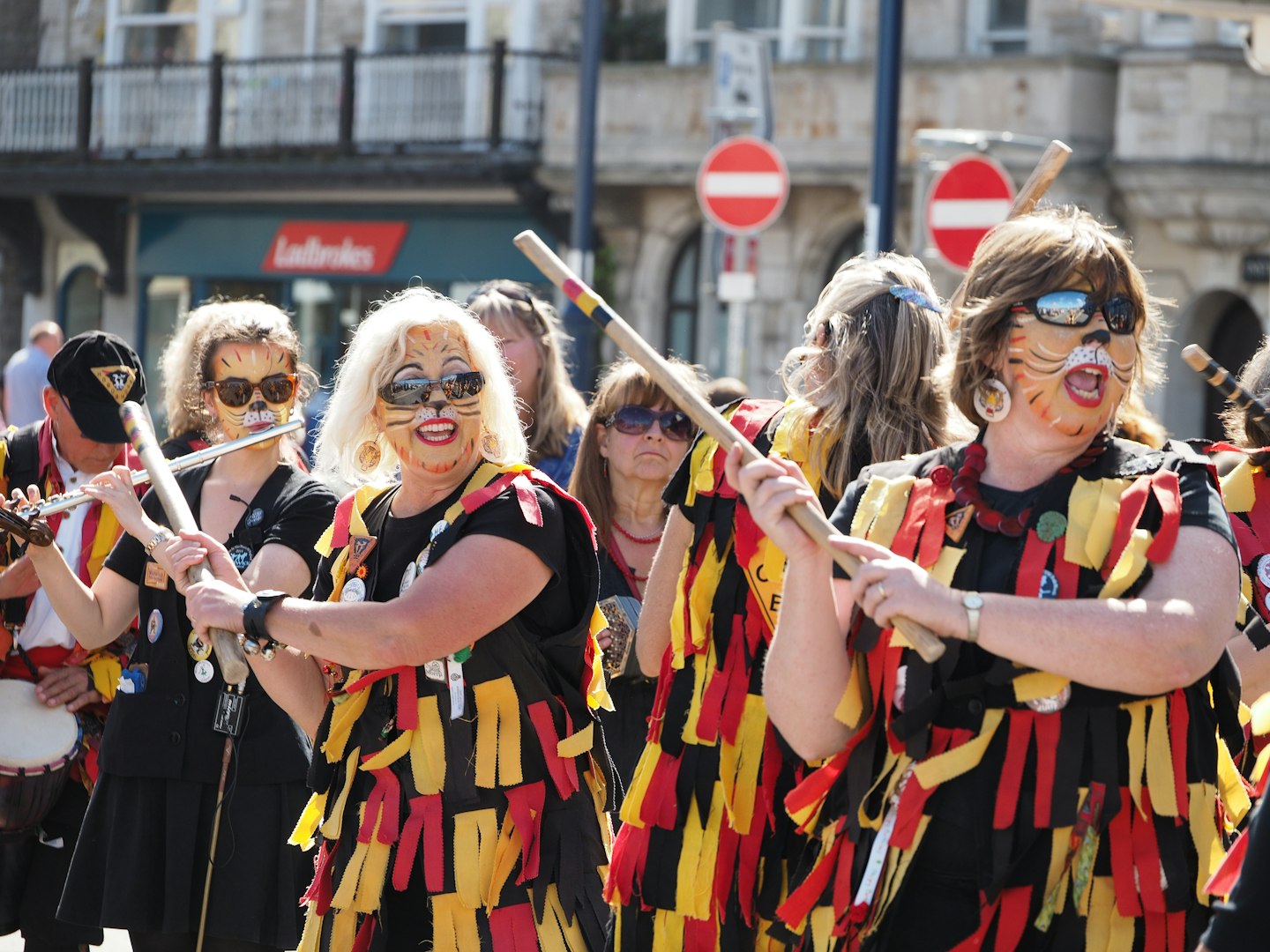
How to learn Morris dancing
The majority of contemporary Morris sides have been formed in the last 80 years or so. Each club will have a Squire who is responsible for the performance and the sides leadership, a Foreman or Captain who teaches the dances, and a Bagman who acts as its secretary. Clubs are autonomous so they can make their own decisions as to when, where and what to dance.
Sides generally practice during the winter months, and perform during the summer. All sides will welcome new members. If you wish to get involved, you can ask one of the dancers, contact one of the Morris Ring Sides near you.
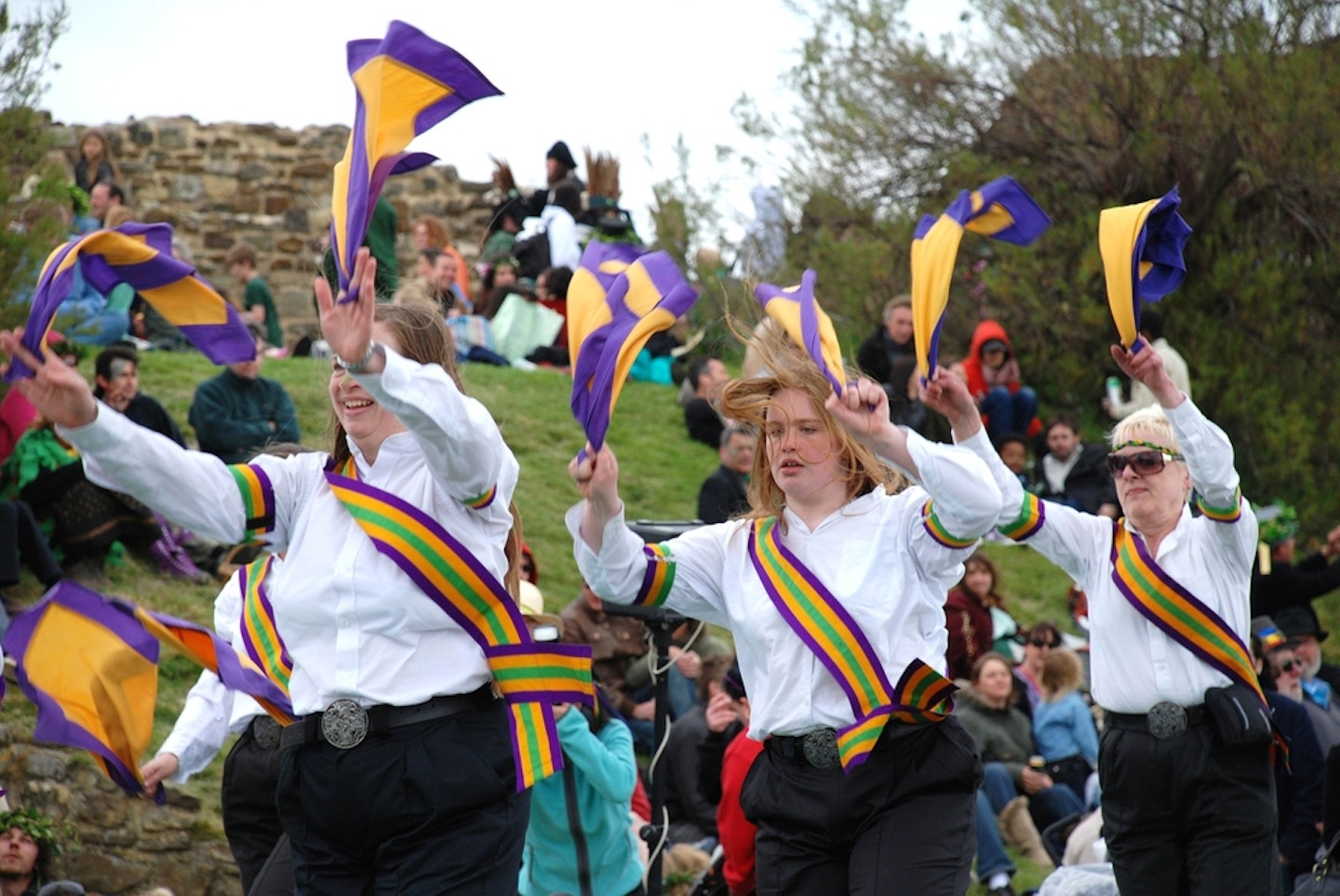
What are the different Morris sides and styles?
There are actually quite a few different types of Morris dancing styles and different dances or traditions within each style, typically named after their region of origin.
Cotswold
While we love a spa trip to the Cotswolds, you may be surprised to learn this part of the world is also famous for its Morris. The most widespread style seen today was collected from the South Midlands (sometimes called Cotswold morris), an area including Gloucestershire, Oxfordshire, Northamptonshire and Warwickshire, but extending beyond these areas. These dances are usually performed in sets of six or eight dancers, and are distinguished by the dancers waving handkerchiefs, clashing sticks or, occasionally, handclapping. The use of handkerchiefs dates from Shakespearean times, and the first recorded use of sticks dates from the mid-sixteenth century.
Each side has a different costume. It will usually include a white shirt, white trousers or black breeches, and bell-pads (ruggles) worn on the shin. A baldric (or baldricks) may be worn across the chest, or perhaps there will be rosettes on the shirt; a waistcoat or tabard may be worn
North West Morris
Durham and Northumberland have their own versions of the sword dance, the Rapper dance. In these dances, the sword is a flat strip of flexible or spring steel about 60cm long, with a rotating handle at one end and a fixed handle at the other. A sword can be bent into a complete circle and some figures require this degree of flexibility!
The dance is for five people, and they will often be augmented by the additional characters of Tommy and Betty. The costume worn by the dancers needs to allow for the speed and agility to perform the dance well - hard-soled shoes, hoggers (open-ended breeches which were originally worn by miners) and a white shirt are the norm.
Like all forms of morris dancing, rapper has unique qualities - it is the fastest of all the dances described, it requires the least space (it is often performed inside pubs!) and it is the most gymnastically demanding as some dances require back somersaults!
Border Morris
This style was established along the border with Wales with traditions including a painted face, strips of bells and clothes decorated with ribbons. While the dance style was similar to others, there was much more of an emphasis on dancing with sticks and hankies than in other areas. While Morris Dancing doesn't take place at Glastonbury Festival, there is a popular Morris dancing group in the Glastonbury area who practise Border Morris.
Sword dancing
While some consider this a form of dancing in its own right, others do class this as a form of morris. Although sword is in the name, there are no swords involved in this type of dance, instead there are just long steel implements with a wooden handle at each end specifically designed for the dance. Usually, the dancers use these props in pairs, each holding one end. In total, there are normally around eight dancers in this dance.
Mummers plays
Many Morris dancers perform a locally collected play during the Christmas season, especially if they are dancing on Boxing or New Year's Day. They are likely to perform a hero-combat play, with Father Christmas introducing himself, then he'll introduce further characters which may include St George, a Turkish Knight and a Valiant Soldier. There will be a fight. One will die. A highly qualified doctor will appear and will resuscitate the dead with some amazing concoctions such as the golden Gloucester drops, or perhaps the quick risers!
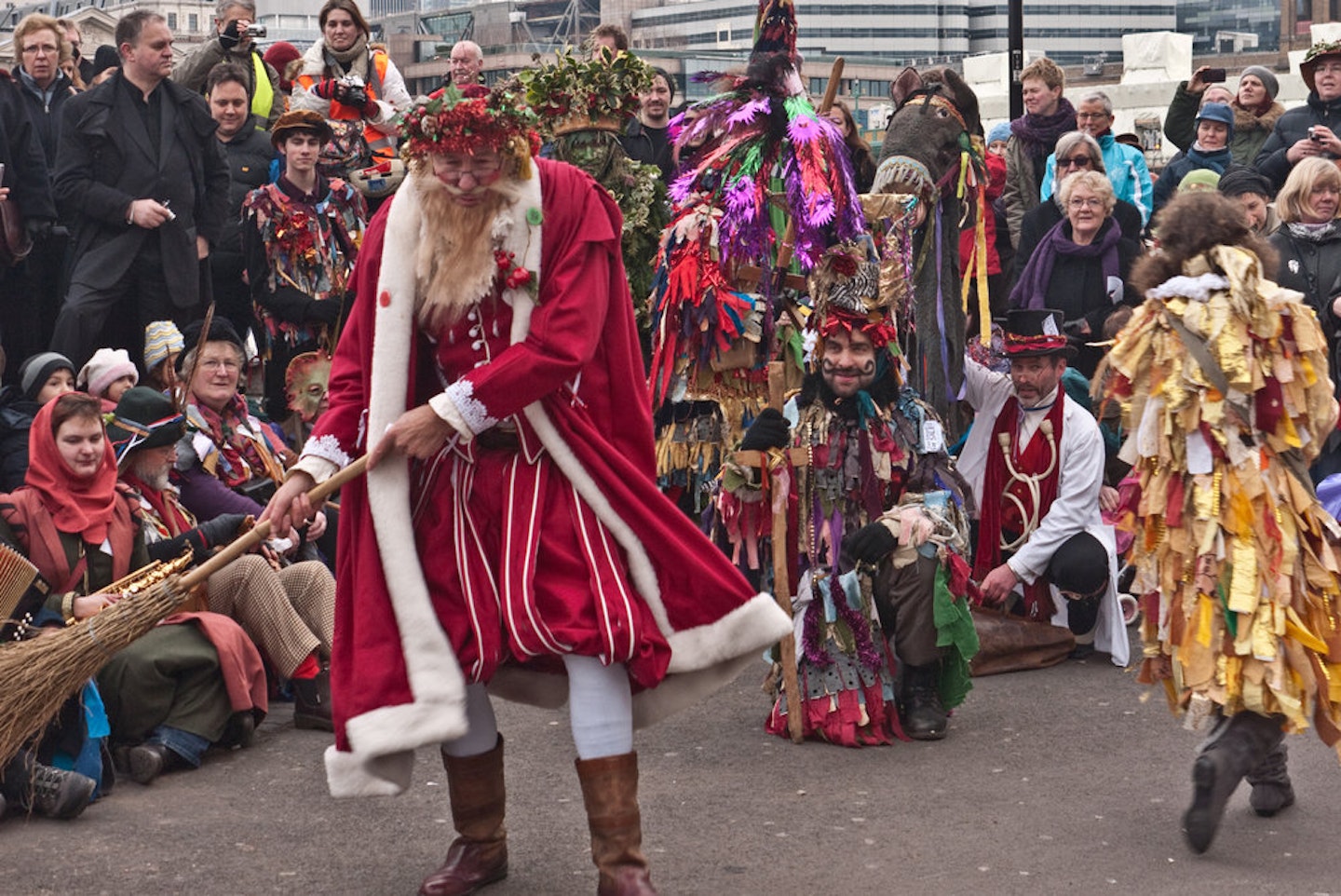
Where to see Morris dancing
If you'd like to watch Morris dancers in action visit The Morris Ring for more information on where you can visit to see Morris dancers in your area. These usually take place at weekends.
